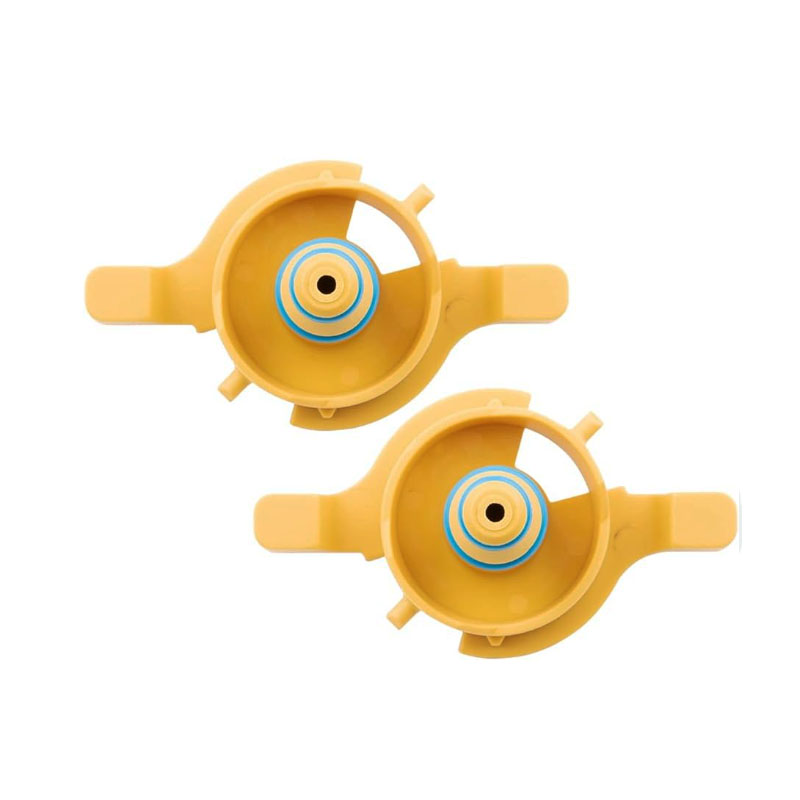29x44x7 Oil Seal Specifications and Applications for Automotive and Industrial Use
The Importance of Oil Seals A Focus on the 29x44x7 Specification
Oil seals are crucial components in various mechanical applications, providing essential barriers that prevent the leakage of lubricants and the ingress of contaminants. Among the multitude of oil seals available, the 29x44x7 oil seal specification has gained considerable attention due to its unique size and versatile applications. In this article, we will explore the significance of oil seals, the specifications of the 29x44x7 model, and its applications across different industries.
Understanding Oil Seals
Oil seals, often referred to as radial shaft seals, serve a vital role in maintaining the integrity of lubricant systems. Their primary function is to seal the gap between rotating and stationary components, thereby preventing the escape of oil and hindering the entry of dirt, dust, and moisture. The effective functioning of oil seals directly impacts the performance, efficiency, and longevity of machinery.
Typically made from materials such as rubber, polyurethane, or composite materials, oil seals are engineered to withstand varying temperature ranges, pressure conditions, and environmental factors. Their design often includes a lip that exerts pressure against a shaft, ensuring a tight seal that minimizes leakage.
The 29x44x7 Oil Seal Specification
The designation 29x44x7 refers to the dimensions of the oil seal a 29 mm inner diameter, a 44 mm outer diameter, and a 7 mm thickness. These specifications make it suitable for a wide range of applications where moderate sizes and sealing capabilities are required.
oil seal 29x44x7

The 29x44x7 oil seal can effectively handle different types of fluids, including oils, grease, and other lubricants. It is designed to maintain a reliable seal even in high-speed applications and under varying pressure conditions, a critical attribute for any oil seal.
The materials used in the manufacturing of the 29x44x7 oil seal greatly influence its performance. Commonly, Nitrile Rubber (NBR) is employed due to its good oil resistance, flexibility, and temperature tolerance. Additionally, there are variations like Fluoroelastomer (FKM), which can tolerate more extreme temperatures and aggressive chemicals, offering enhanced sealing capabilities.
Applications of the 29x44x7 Oil Seal
The versatility of the 29x44x7 oil seal allows it to be utilized in numerous industries. In the automotive sector, it is commonly used in machinery, transmissions, differentials, and manual gearboxes. Its design ensures that essential lubricants remain contained while preventing external contaminants from accessing sensitive components.
In industrial machinery, these oil seals are vital for pumps, compressors, and electric motors, where maintaining the integrity of lubricants is crucial for operational efficiency and machinery lifespan. Additionally, the 29x44x7 oil seal finds application in agricultural equipment, effectively sealing gearboxes and hydraulic systems that require reliable lubrication under varying load conditions.
Conclusion
Oil seals, particularly the 29x44x7 specification, play an essential role in modern mechanical systems. Their ability to prevent oil leakage and resist contaminants ensures that equipment operates smoothly and efficiently. By understanding the specifications and applications of these seals, engineers and operators can make informed decisions, resulting in improved machinery performance and extended service life. As technology continues to evolve, the development of innovative oil seal designs and materials will undoubtedly enhance their effectiveness in diverse applications, solidifying their importance in engineering and manufacturing.
-
Understanding the Front Main Engine Seal: Purpose, Maintenance, and Installation
News Jul.29,2025
-
Understanding O-Rings and Seal Rings: Types, Applications, and Custom Solutions
News Jul.29,2025
-
Understanding Crankshaft Oil Seals: Rear Seals, Pulley Seals, and Their Role in Engine Integrity
News Jul.29,2025
-
The Importance of Front and Rear Crankshaft Seals in Engine Performance and Oil Management
News Jul.29,2025
-
Crank Oil Seals: Functions, Types, and Cost Considerations in Engine Maintenance
News Jul.29,2025
-
A Comprehensive Guide to O-Rings and Seals: Types, Materials, and Global Applications
News Jul.29,2025
-
Mastering Diesel and Performance Engine Maintenance: A Guide to Critical Oil Gaskets
News Jul.28,2025
Products categories















